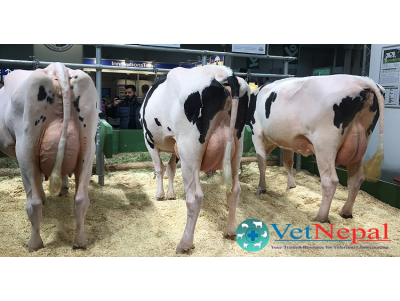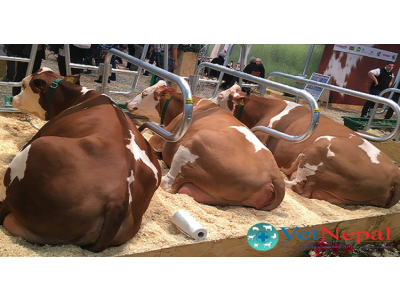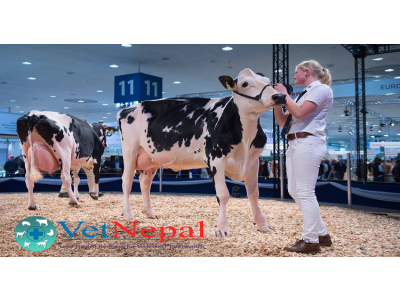Quick Review in Veterinary Epidemiology
TERMINOLOGY Attack rate: A variant of an incident rate, applied to a narrowly defined population observed for a limited period of time, such as during an epidemic. Carrier: A person or animal without apparent disease who harbors a specific infectious agent and is capable of transmitting the agent to others. Crude mortality rate: The mortality rate from all causes of death for a population. Cumulative frequency cu [...]




